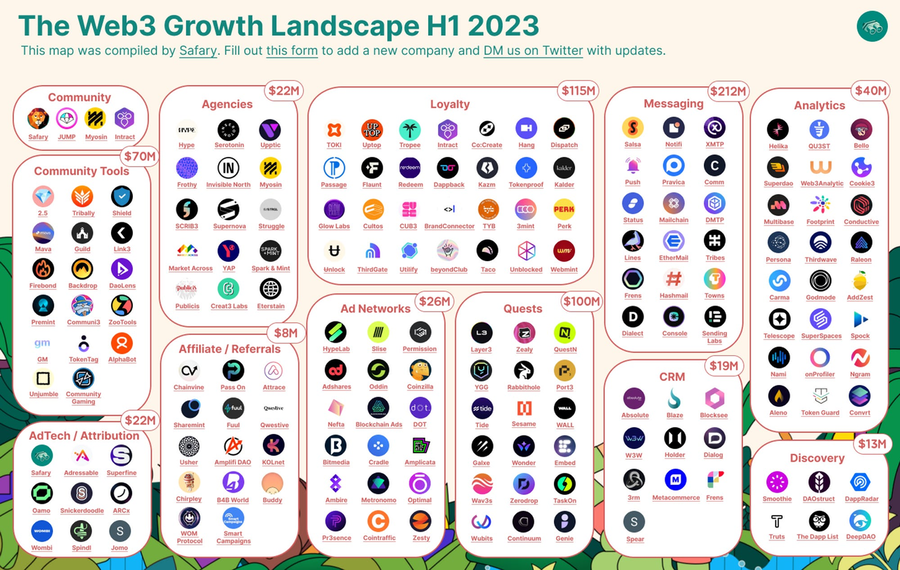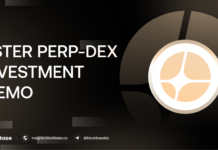Web3 marketing has rapidly evolved, often characterized by its emphasis on generating quick buzz through strategies like airdrops and influencer campaigns. However, these methods frequently prioritize vanity metrics over meaningful engagement, resulting in short-lived excitement that fails to convert casual observers into committed users. To ensure sustainable growth, Web3 projects must shift their focus towards marketing strategies that build authentic relationships and reward dedicated community members.

1. The Problem with Current Web3 Marketing Tactics
1.1. Airdrops: Quantity Over Quality
Airdrops have become a popular marketing tool in the Web3 space, designed to distribute free tokens to users in exchange for simple actions, such as following a project on social media or participating in basic tasks.
While this strategy can quickly generate buzz and attract a large number of participants, it often backfires. The majority of these participants are not genuine users, but bots or airdrop hunters—individuals solely interested in collecting free tokens without any intention of engaging with the project.

This approach results in inflated user numbers that give the illusion of success but offer little in terms of actual community growth. When the dust settles, many of these so-called “users” disappear, leaving projects with an inflated but hollow user base.

1.2. Influencer Campaigns: Empty Hype
Similarly, Web3 projects frequently rely on KOLs or influencers to promote their platforms. These influencers, often selected based on the size of their following, are expected to generate excitement and drive user adoption. However, many of these campaigns fall short of their goals because they attract superficial interest rather than genuine engagement.
The problem lies in the fact that many of these influencers, often referred to as “shillers,” bring in followers who are more interested in the hype than the substance of the project. As a result, these campaigns may generate impressive numbers in terms of likes, shares, and followers, but fail to convert these metrics into meaningful, long-term engagement.
2. Introducing MarketingFi: A Data-Driven Approach
To address these challenges, Web3 marketing must evolve from its current focus on hype-driven tactics to a more sustainable, data-driven approach known as MarketingFi. This new paradigm emphasizes quality over quantity, prioritizing the creation of genuine user engagement and long-term relationships.
2.1. Data-Driven User Acquisition
MarketingFi leverages data to identify and reward the most engaged and valuable users. Instead of spreading rewards thinly across a broad audience, MarketingFi advocates for concentrating incentives on those who actively contribute to a project’s growth. This approach ensures that marketing budgets are spent on users who are genuinely interested in the project and are likely to remain engaged over time.
For example, instead of distributing tokens to anyone who completes a simple task, projects could use advanced analytics to identify users who have a history of meaningful engagement, such as contributing to community discussions or providing valuable feedback. These users could then be rewarded with larger token distributions, fostering a sense of loyalty and commitment to the project.

2.2. Optimizing KOL Campaigns
KOL campaigns can also benefit from a MarketingFi approach. By using data to assess the effectiveness of different influencers, projects can determine which KOLs bring in quality users rather than simply inflating their follower counts. This involves analyzing conversion rates, user engagement metrics, and the long-term impact of influencer campaigns on the project’s growth.

Projects that adopt this approach can allocate their marketing budgets more effectively, directing resources towards influencers who contribute to the project’s long-term success rather than those who merely generate temporary hype.
3. Building a Sustainable Future for Web3 Marketing
The future of Web3 marketing lies in moving beyond vanity metrics and embracing strategies that prioritize genuine user engagement and long-term community building. By adopting the principles of MarketingFi, projects can create marketing strategies that not only attract attention but also foster lasting relationships with users who are truly invested in the success of the project.
For Web3 marketers, the message is clear: It’s time to wake up and realize that real success comes not from empty buzz, but from fostering genuine connections and building communities that are engaged, loyal, and motivated to contribute to the project’s success. By focusing on quality over quantity, and by leveraging data to drive marketing decisions, Web3 projects can achieve sustainable growth and build a solid foundation for the future.
The information provided in this article is for reference only and should not be taken as investment advice. All investment decisions should be based on thorough research and personal evaluation.





